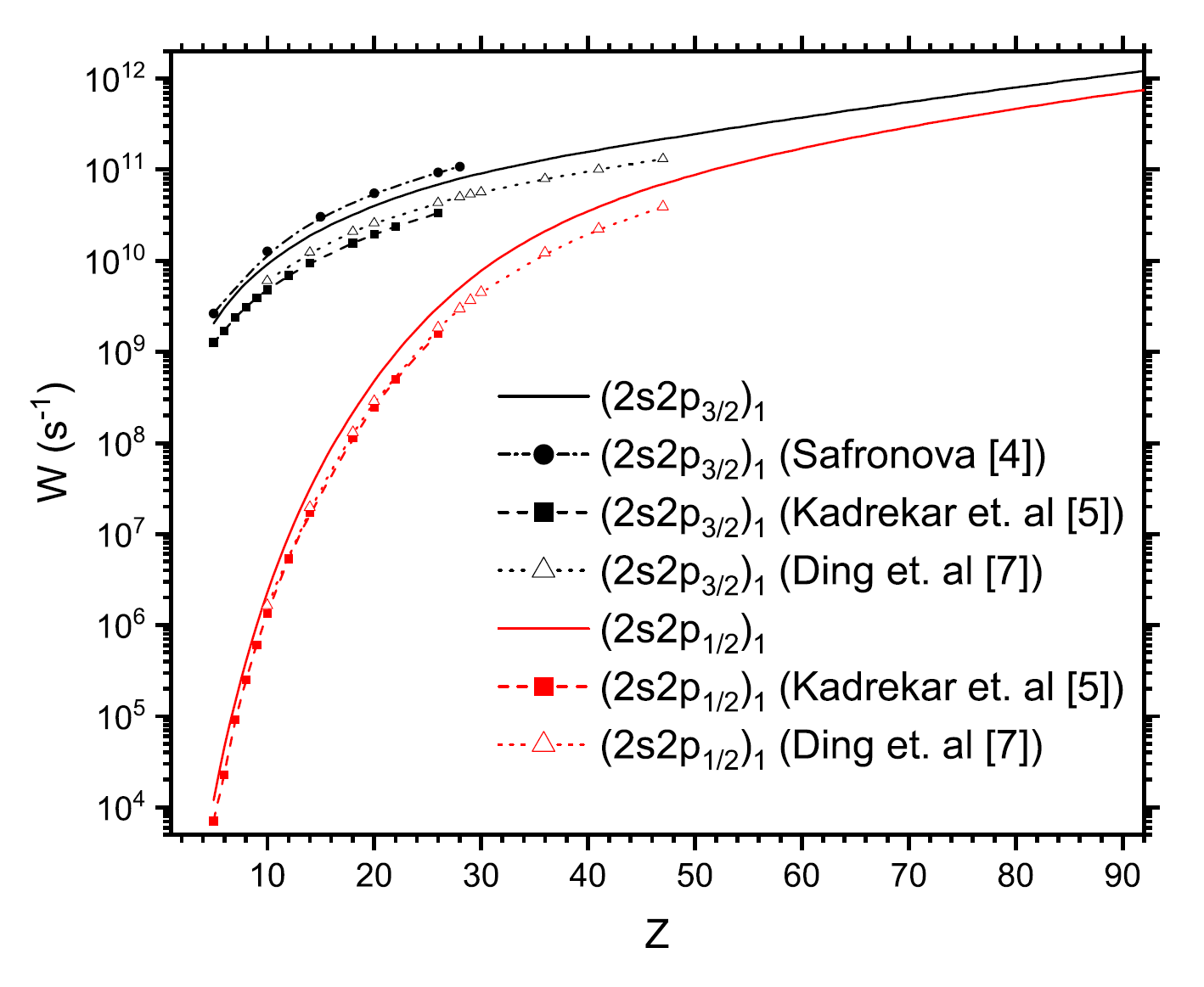Studies on Exotic Transition in Heavy Ions Predict Future Experiments
Highly-charged heavy ions carry the strongest Coulomb field, in which electron movements show remarkable relativistic and quantum electrodynamic (QED) effects. The x-ray spectra of electron transition provide an important channel for us to observe the microcosmic world.
Researchers at the Institute of Modern Physics (IMP) of the Chinese Academy of Sciences (CAS) have lately conducted a series of theoretical investigations in the ab initio QED framework to predict experiments in the near future. The results have been published in Physical Review A as a letter and an article.
Having successfully built the Heavy Ion Research Facility in Lanzhou (HIRFL) and the Low Energy heavy ion Accelerator Facility (LEAF), IMP is constructing the High Intensity Heavy-ion Accelerator Facility (HIAF). These scientific facilities may provide intense beams of highly-charged heavy ions at the energy of 0.3 MeV/u to around 1 GeV/u, offering excellent opportunities for QED research in the strong field.
To lay the groundwork for the experiments carried out at LEAF, researchers studied the two-electron one-photon (TEOP) transition in doubly-excited states of helium-like ions by calculating the transition probabilities of the TEOP, the one-electron-one-photon, and the Auger process from Z=5 to Z=92.
In addition, based on the future experiments at HIAF, researchers investigated two-photon decay of the 2s state in hydrogen-like ions, and found that the asymmetry in the emission of photons with left- and right-hand circular polarization can be observed in this transition.
These results pave the way for future experimental studies on exotic electromagnetic transitions in highly-charged heavy ions.
The studies were supported by the National Key Research and Development Program, the National Natural Science Foundation, etc.
Links to the papers:
https://journals.aps.org/pra/abstract/10.1103/PhysRevA.104.012818
https://journals.aps.org/pra/abstract/10.1103/PhysRevA.104.L010801

Figure 1. Asymmetry between the left-hand and right-hand polarization of a pair of photons with respect to their outgoing directions. (Image from Physical Review A)

Figure 2. The results are obtained from ab initial quantum electrodynamics calculations. Theoretical results from other groups are also presented. (Image from Physical Review A)
Contact Information
Institute of Modern Physics
Email: fangliu@impcas.ac.cn



 甘公网安备 62010202000713号
甘公网安备 62010202000713号


